The term ‘’Building Architecture’’ involves blending art and science to plan, design, and build physical structures. This discipline is about making spaces that work well for different needs, using both creativity and technical components to conceive spaces tailored to diverse functional requirements and needs.
What is Architecture?
Architecture is a concept that might seem complicated, but it’s pretty easy to understand. It’s all about how people use their creativity and knowledge to make useful things, like buildings. There are lots of different kinds of architecture from Chemical Architecture to Software Architecture but our focus lies within the realm of “Building Architecture,” which is all about artistic, skilled, and practical aspects involved in the planning and construction of physical structures.
It is often subdivided into three principal types based on things like design, construction, and overall style. These categories are shaped by various factors which include:
• Architecture Throughout History.
• Types of Building Architecture.
• Styles of Architectural Designs.
Architecture Throughout History
Architecture and buildings may be further classified based on the historical era in which they were constructed and initially existed. Architects and builders often derive inspiration from both historical and contemporary structures when embarking on new projects. However, it is essential to recognize that while historical Architectural buildings may serve as models for replicas or revivals, contemporary Architectural constructions typically entail the utilization of creative imagination. These sub-categories encompass:
• Classical Architecture.
• Modern Architecture.
• Contemporary Architecture.
Classical Architecture
The term ‘Classical Architecture’ refers to the period where the superstructures attained their original shape and managed to withstand the present day. Ancient Roman and Greek Architecture are widely acknowledged as the finest examples of Classical designs. They were ornamental in nature. These works exhibit a unique style and are considered pioneering concepts of the field.
Modern Architecture
The 20th Century observed the rise of ‘Modern Architecture’, characterized by a functional approach towards design and planning. It incorporates Glass, Flat Roofs, Clean Lines, Open Floor Plans, and Modern materials. It keenly focuses on preserving natural elements like Wind directions, Light, Sun Path, Water bodies, or Trees. Examples of this style include Art Deco, Baus, and Bauhaus Architecture.
Contemporary Architecture
‘Contemporary Architecture’ represents practices and styles that evolved and ran around globally in the 21st century. This modern-day approach envelops a wide range of Architectural design philosophies, including Postmodernism, Parametric, and Minimalistic styles. All of these contributed to this dynamic and ever-evolving category, serving as a canvas that captures the spirit of modernity, design elements, and influences defining the present-day Architectural landscape.
Types of Building Architecture
Architecture acquired its initial name from buildings. In the beginning, people built structures mainly for living in, whether it was simple houses for families or impressive palaces to show power. These constructions were guided by practical needs. Over time, different types of buildings emerged, totaling to five main categories.
Mainly known as:
• Residential Architecture.
• Religious Architecture.
• Power Architecture.
• Recreational Architecture.
• Funerary Architecture.
Residential Architecture
When individuals started seeking shelters for themselves and their families, they engaged their time in the construction of various structures using methods such as carving, digging, and building. Which resulted in the creation of a range of dwellings, from caves, mud houses, and farmhouses to luxurious villas. Regardless of geographical location, people employed available resources to create their shelters. The term Residential Architecture is interchangeable with Domestic Architecture and also Vernacular Architecture.
Religious Architecture
Throughout history and up to the present day, Religion has served as the guiding force for humankind. Once their personal needs were met, people constructed grand Altars, Temples, Synagogues, Churches, and Mosques as expressions of devotion to their Creator. The following are notable examples of Religious Architecture that reflect mankind’s deep affection for their Gods.
Power Architecture
After fulfilling their Individual and Religious requirement, Human tribes started to construct societies. A governing body emerged to ensure peaceful and systematic order. Devising was done for various systems to establish the authority, such as Monarchy, Democracy, Dictatorship, etc. Distinct structures were erected to translate power for each form of governance. In Power Architecture, for instance, forts and palaces featuring courts served as symbols of Monarchy, while Councils and Parliaments were built to represent Democracy.
Recreational Architecture
For ages, recreation has been a luxury only enjoyed by a select few, a trend that endures even today. However, this did not discourage people from constructing remarkable structures for amusement. The Hanging Gardens of Babylon, the Amphitheatre of Greece, and the Roman Colosseum from past eras or their contemporary counterparts like Disneyland and the Sydney Opera House are examples of the long-lasting tradition of Recreational Architecture and humanity’s pursuit of leisure and entertainment.
Funerary Architecture
This sub-type of Building Architectural design is dedicated to serving the dead, with a specific focus on the elite class across different historical periods. Funerary Architecture aims to ensure the lasting remembrance of these individuals by their subjects and followers through imposing massive physical manifestations such as tombs and shrines.
Styles of Architectural Designs
Architectural Designs and its elements, often called Architectural styles, vary widely. These styles showcase different design features, and some are linked to particular eras, Art movements, Expressions, and Locations, facilitating the recognition of structures. Certain styles are defined by their Exterior appearance some display these traits in their layout, while others are targeted to express through designated materials and color schemes. These styles go by different names, such as:
• Egyptian Architecture.
• Renaissance Architecture.
• Byzantine Architecture.
• Minimalistic Architecture.
• Brutalist Architecture.
• Renaissance Architecture.
• Minimalistic Architecture.
• Gothic Architecture.
• Roman Architecture, and others.
Why Architecture is Important?
Building Architecture is vital for several reasons. Firstly, it shapes the physical environment in which we live, work, and play, influencing our daily experiences and interactions. Well-designed Architecture can enhance quality of life by creating functional, aesthetically pleasing spaces that promote well-being and productivity. Additionally, Architecture reflects the culture, values, and aspirations of society, serving as a form of cultural expression and identity.
Moreover, Architecture plays a crucial role in sustainability and environmental stewardship, as thoughtful Architectural design can minimize resource consumption and mitigate negative impacts on the planet. Furthermore, Building Architecture often serves practical purposes, providing shelter, infrastructure, and facilities that support various activities and communities. Overall, it not only fulfils practical needs but also enriches human experiences and contributes to the fabric of society.
Conclusion
Building Architecture encompasses a vast range of possibilities and opportunities, offering endless potential. The outlined categories serve as a structure, enabling exploration through interconnected ideas of the Past, Present, and Future, providing a thorough understanding of its evolution over time.
From ancient wonders to modern marvels, Building Architecture has shaped our environment and reflect our values, aspirations, and technological advancements. The diversity of Architectural designs and techniques across the globe highlights the richness of human civilization.
As we continue to evolve, Architecture remains a vital part of our lives, providing spaces for living, working, and connecting with one another. Embracing the past while embracing innovation, Architecture continues to inspire, captivate, and shape the world around us for generations to come.
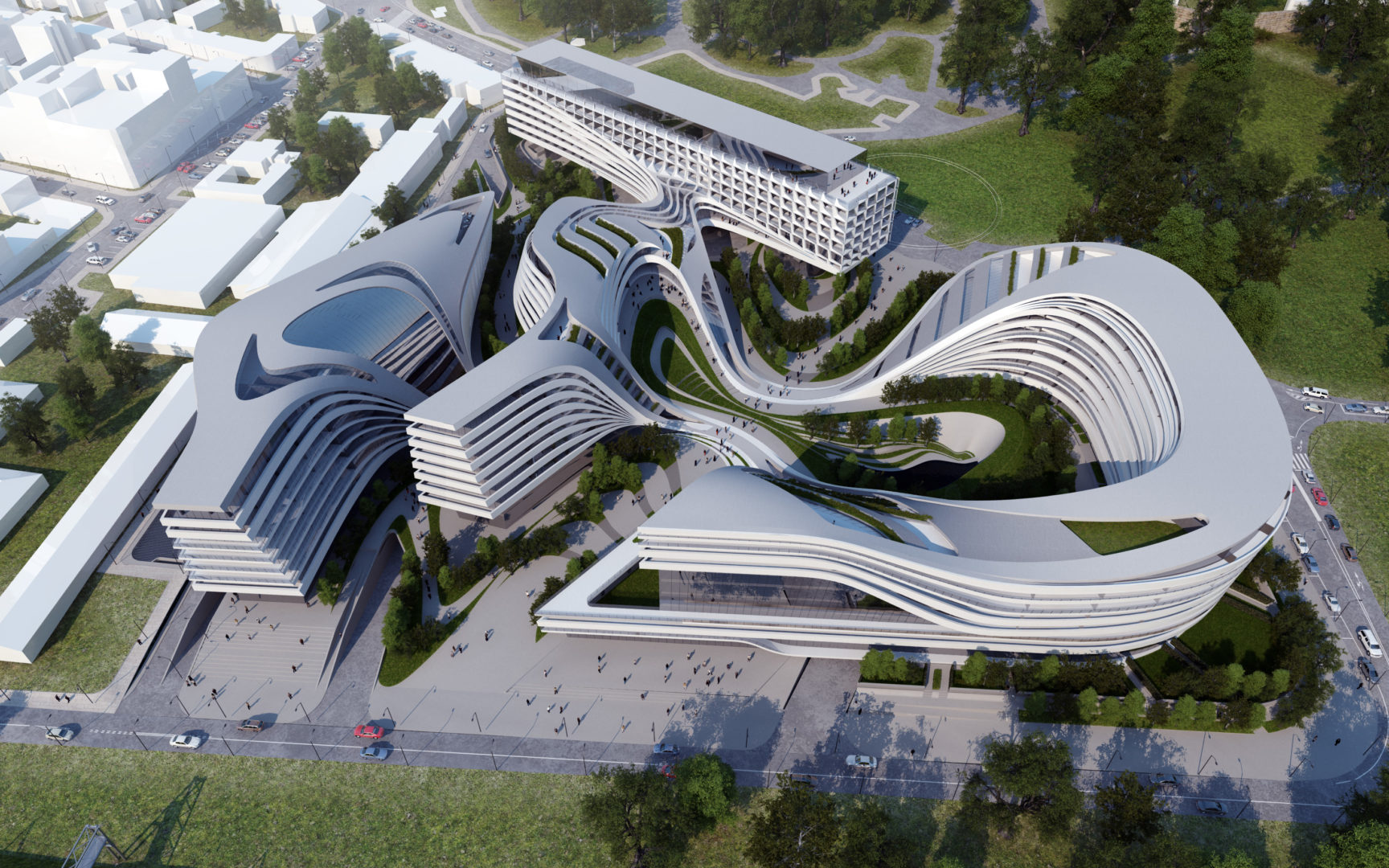

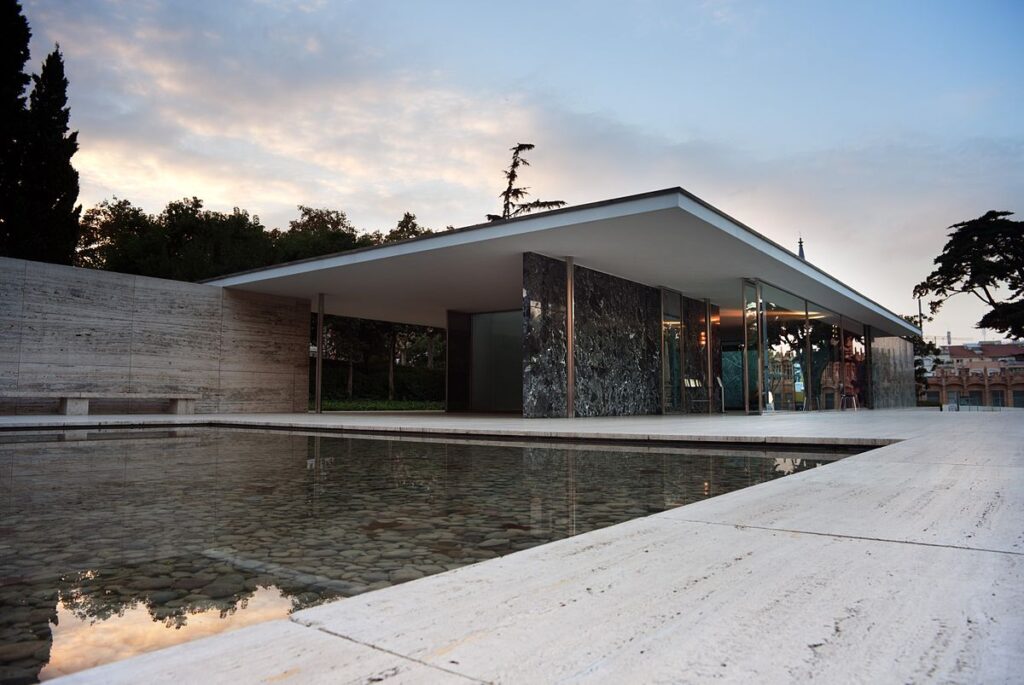
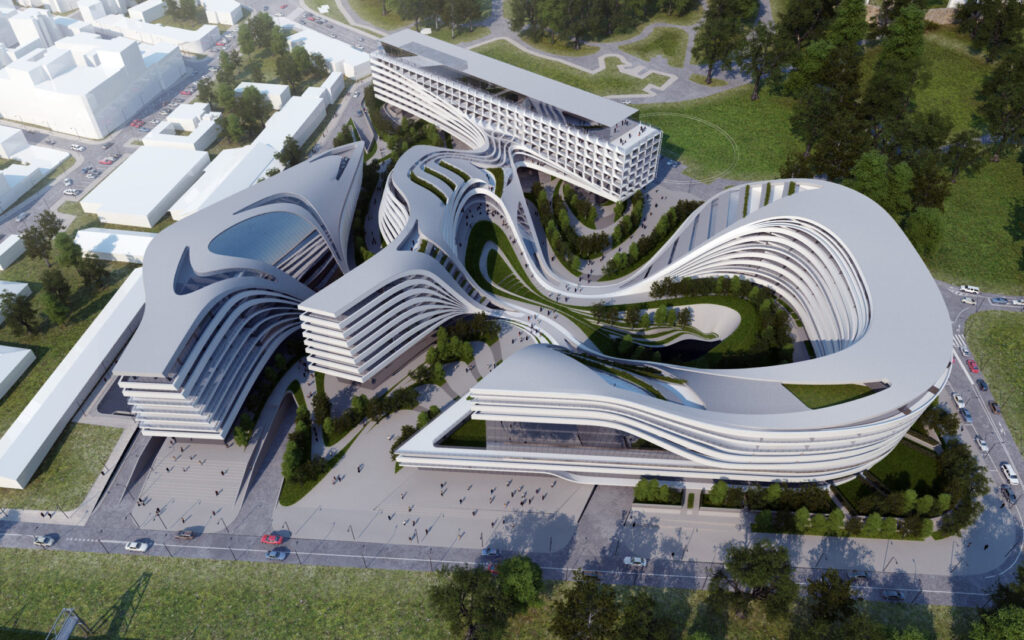

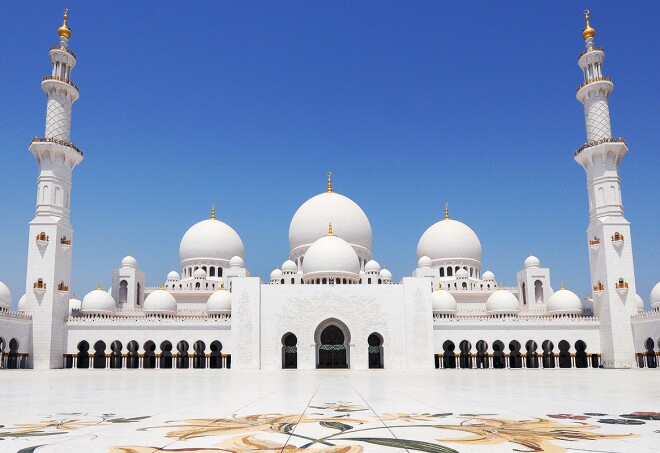


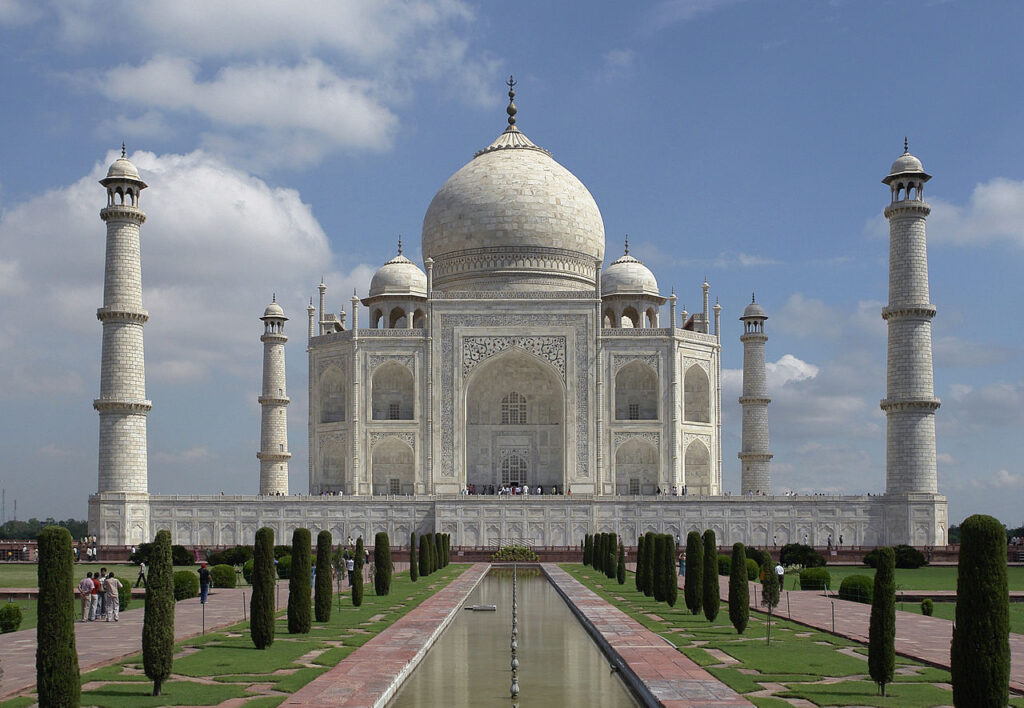
3 Responses
You actually make it appear so easy with your presentation however I to find this
topic to be really something which I feel I would never understand.
It kind of feels too complicated and very wide for me. I am having
a look ahead for your subsequent publish, I will try to
get the grasp of it!
I couldn’t leave your site without saying how much I enjoyed the content. I’ll be back often to check out your latest posts. Keep up the great work!
Very good